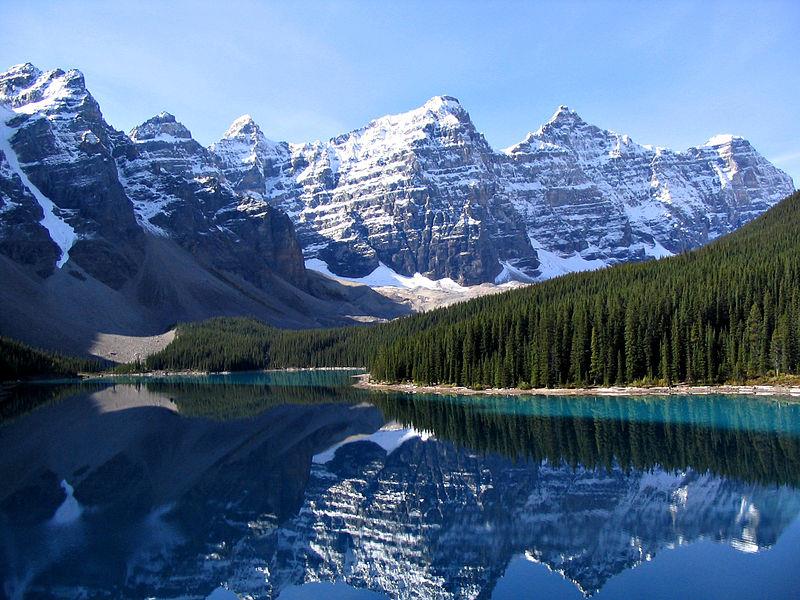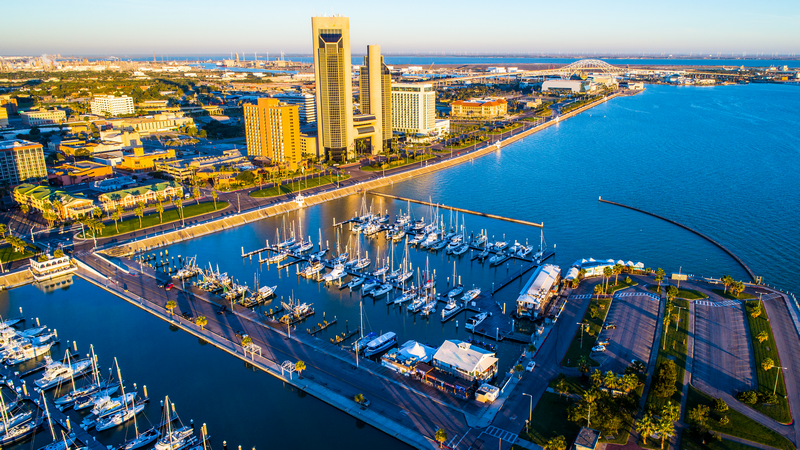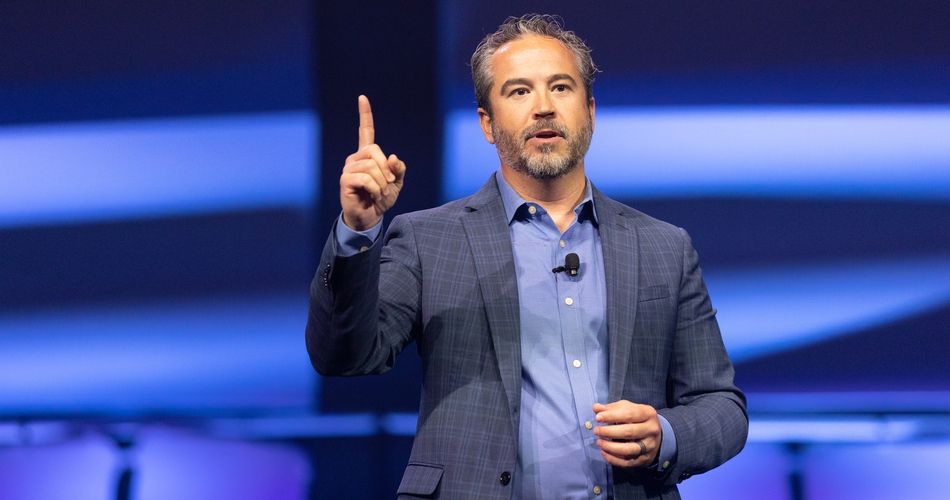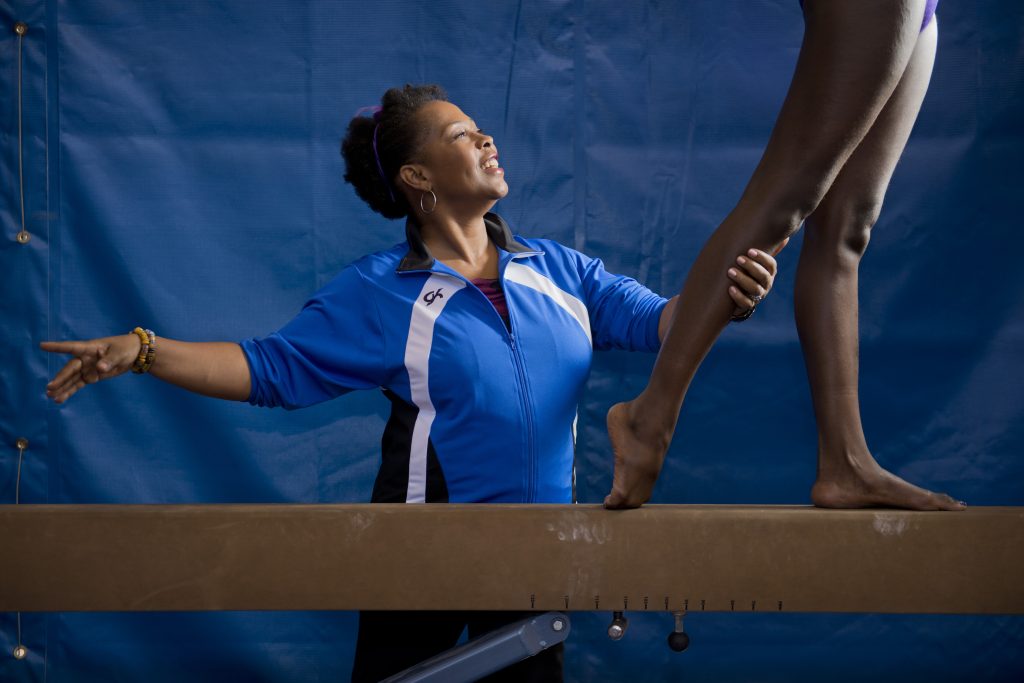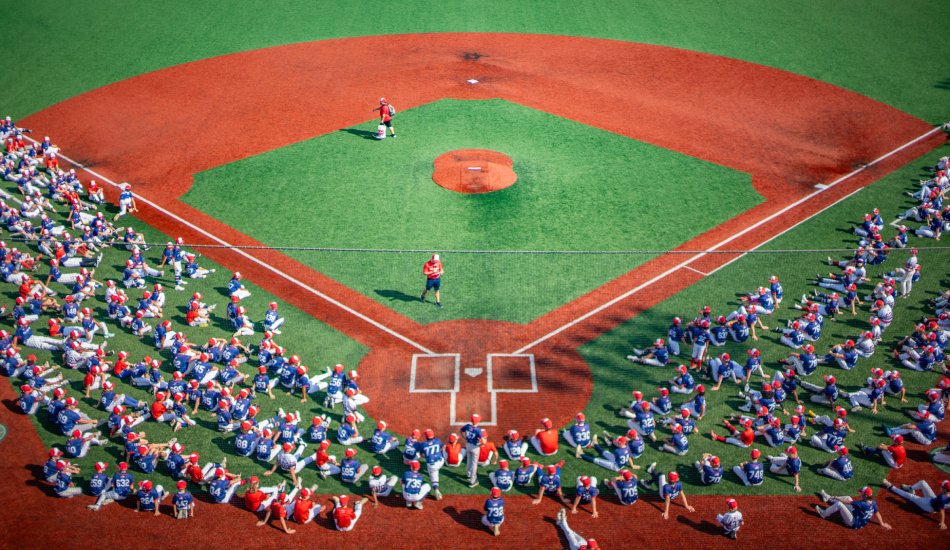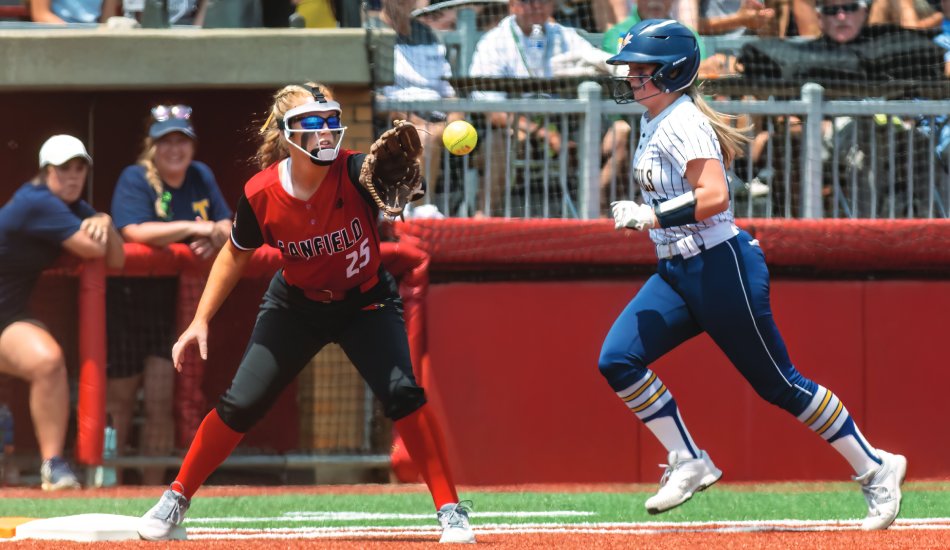With eight host cities, 2,000 participants and 460 miles of mountain passes to cover in a week, it’s hard to tell which Ride the Rockies bike tour feat is more impressive: pedaling it or planning it. The tour, in its 28th year, will run from June 8-15 in 2013, taking riders on a scenic route from Telluride to Colorado Springs.
“It’s unlike any experience out there,” said Tour Director Chandler Smith. “It’s a fantastic way to see the state and the landscape. You see things differently from a bike than you would ever from a car. You can kind of take it all in and be one with the environment.”
After leaving from Tellurdie, riders will pedal an average of 60-70 miles a day while spending a night in Cortez, Durango, Pagosa Springs, Alamosa, Salida, and Cañon City respectively, before closing out the tour in Colorado Springs. Riders go at their own pace, but typically leave each host town around 8 or 9 a.m. and arrive at the next one in the late afternoon. Host towns are responsible for coordinating lodging (hotels, bed and breakfasts, camping), providing community meals and putting on nightly entertainment.
“The financial impact of Ride the Rockies on communities is second to none for a recreational tour,” Smith said. “We average about a quarter of a million dollars in each host town.”
With an impact like that, small mountain towns are always pleased when Ride the Rockies inquires about hosting. Since the route changes every year, Ride the Rockies begins planning out its next path as soon as the current tour wraps up.
“We look at the different regions where we’ve already been,” Smith said. “Are there new passes we can climb, or what communities haven’t we visited in a while? That kind of helps lay the groundwork and then we usually put together three or four potential routes.”
When a route has been selected, Ride the Rockies’ staff begins working with each host town’s local organizing committee to come up with a plan for lodging, food and entertainment. Ride the Rockies will meet with each town’s committee four or five times before the tour begins. In the meantime, Ride the Rockies has to secure a permit for each roadway they plan to ride on.
“With any cycling tour, there are nuts and bolts across the board that we all have to deal with,” Smith said. “There is really a pretty elaborate permitting process for this event that starts with Colorado State Patrol and proceeds up to the Colorado Department of Transportation. We’ll do that throughout the fall and winter and we try to have all those i’s dotted and t’s crossed come springtime.”
As the planning and permitting process moves along, it comes time to announce the new route, market the event and get all 2,000 riders registered. The tour gets a new logo and website makeover each year, both of which are revealed with the new route at a kickoff party in Denver each February. After three weeks of registration, the tour receives 3,000-4,000 applications, which is then whittled down to 2,000 through a random electronic lottery.
“The number one reason for the cap at 2,000 is safety,” Smith said. “It was a number that was deemed comfortable to ride with on these mountain highways that we’re sharing with vehicles. Second, for some of the communities it’s more about the infrastructure of the towns and how many beds they have. We find 2,000 really works well for some of these smaller communities.”
A month prior to the tour, Smith and a support team grab their bikes and go through the route themselves to make sure everything is in order. Final details are worked out and then the year’s worth of planning culminates for a week in June. Eighty volunteers come along for the ride to take care of everything from baggage delivery to medical assistance.
“It’s a fully supported event, so we try and take the distractions and stresses off of the rider so that they know that they’re in good company,” Smith said. “Then when you get into the communities these towns roll out the red carpet. It’s like you’re a celebrity coming into these towns. Really what separates Ride the Rockies from all these other events is the level of support we’re able to provide. Over the course of 28 years it’s become a pretty well-oiled machine.”
For more information on the Ride the Rockies bike tour, visit ridetherockies.com.

